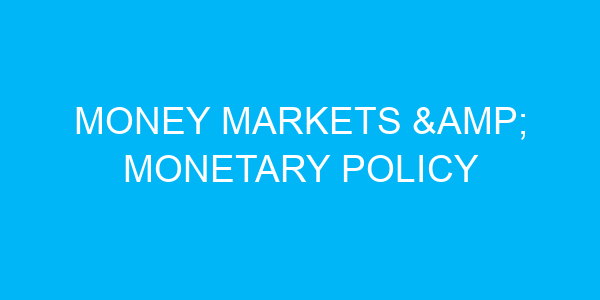56. The term “sterilization” in monetary policy refers to:
a. Cleaning physical currency to prevent counterfeiting
b. The central bank’s actions to offset the effects of its interventions on the money supply
c. The process of setting interest rates to match inflation rates
d. The removal of damaged or old currency from circulation
57. The term “lender of last resort” refers to the role of the central bank in:
a. Lending money to governments during financial crises
b. Providing loans to commercial banks during liquidity shortages
c. Lending money to international organizations during economic recessions
d. Providing loans to individuals during times of economic hardship
58. The term “monetary base” refers to:
a. The total amount of money held by commercial banks
b. The total amount of money in circulation in the economy
c. The total amount of physical currency in circulation
d. The total amount of reserves held by the central bank
59. The term “open mouth operations” refers to:
a. The central bank’s communication about its future monetary policy actions
b. The central bank’s buying and selling of government securities in the open market
c. The central bank’s provision of loans to commercial banks through the discount window
d. The central bank’s setting of interest rates in the money market
60. The term “capital adequacy ratio” measures:
a. The ratio of a bank’s capital to its assets
b. The ratio of a bank’s reserves to its deposits
c. The ratio of a bank’s loans to its deposits
d. The ratio of a bank’s profits to its capital



